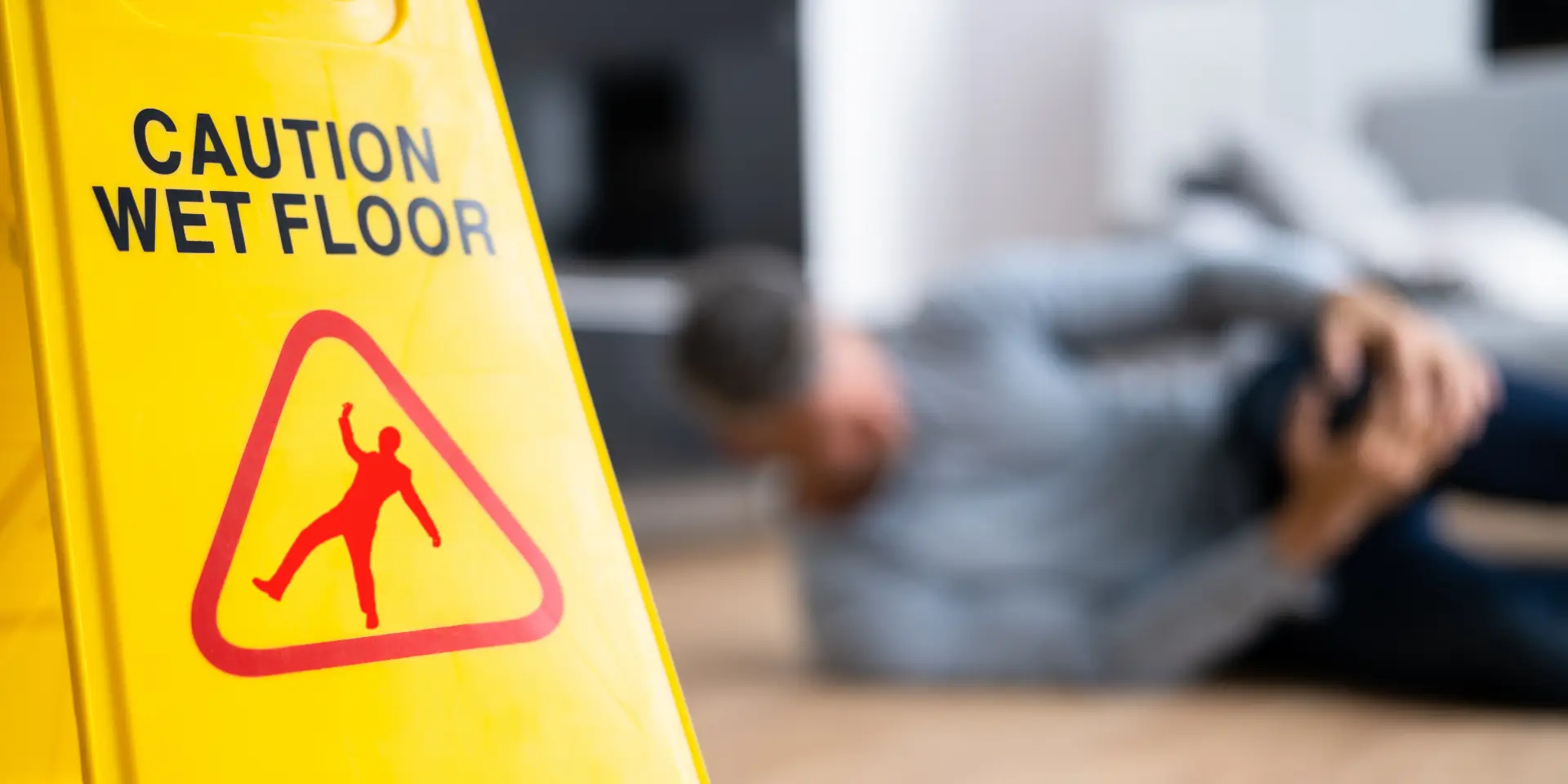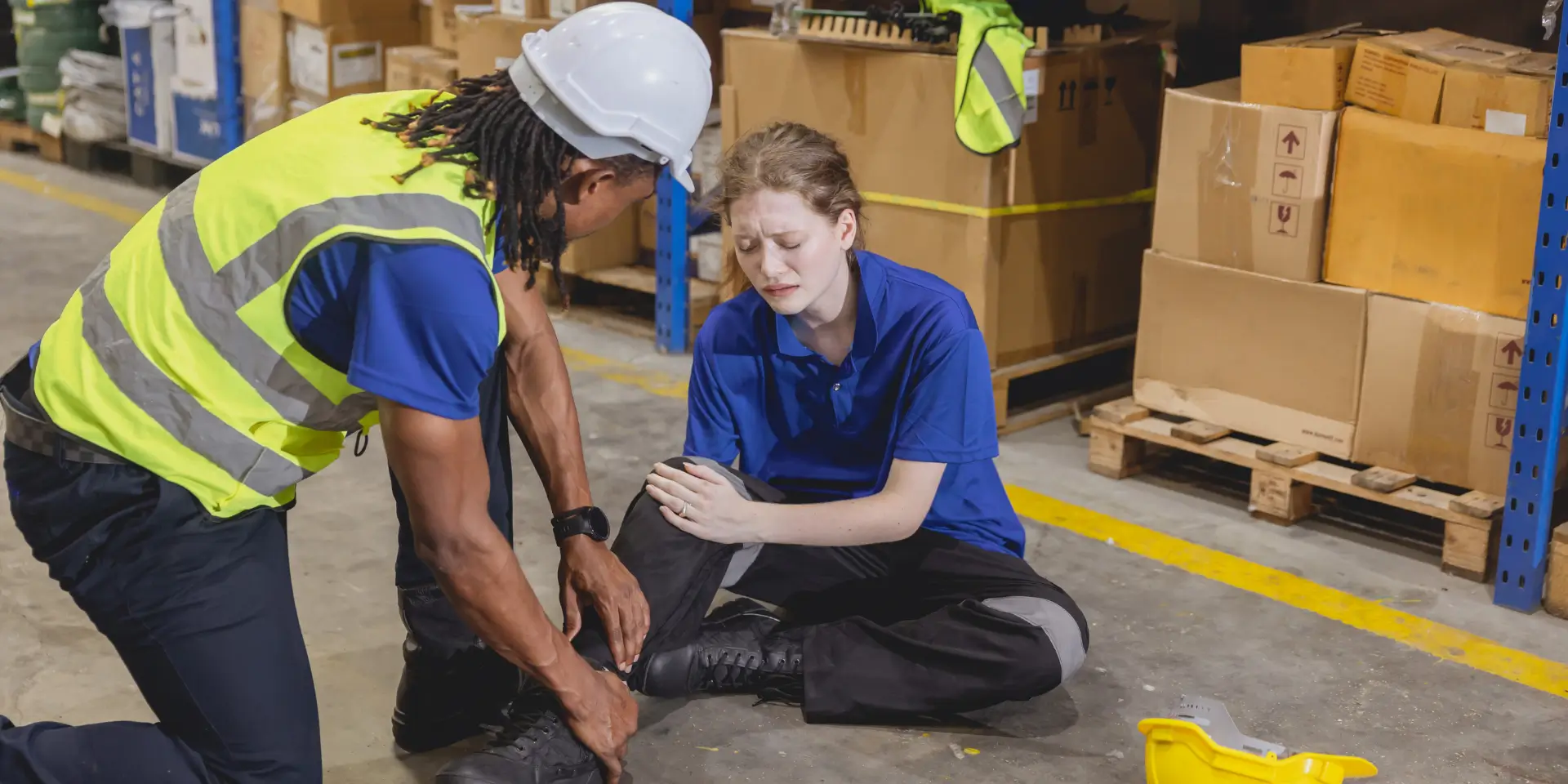Slip and fall accidents are among the most common causes of injury in California, occurring everywhere from grocery stores and office buildings to apartment complexes and public sidewalks. These incidents may seem minor at first, but they can lead to serious injuries like broken bones, head trauma, or long-term mobility issues. If you’ve been injured in a slip and fall accident, it’s important to understand your rights under California law—and how a skilled attorney like those at Dalili Law can help you recover the compensation you deserve.
What Is a Slip and Fall Accident?
A slip and fall accident refers to a situation where a person slips, trips, or falls due to a hazardous condition on someone else’s property. These accidents fall under a broader category of law known as premises liability, which holds property owners and occupiers legally responsible for maintaining safe conditions on their premises.
Common causes of slip and fall accidents include:
- Wet or slippery floors
- Uneven sidewalks or flooring
- Loose rugs or mats
- Poor lighting
- Cluttered walkways
- Broken stairs or railings
- Leaks or spills left unattended
Who Is Liable in a California Slip and Fall Case?
In California, the property owner, tenant, or manager may be held liable if:
- They knew or should have known about the dangerous condition
- They failed to repair or warn about the hazard in a reasonable amount of time
- The unsafe condition directly caused your injury
Liability often depends on whether the property owner acted with reasonable care. For example, if a grocery store failed to clean up a spilled liquid within a reasonable time and you slipped and got hurt, the store could be found negligent.
What to Do Immediately After a Slip and Fall Accident
If you’ve been injured in a slip and fall accident in California, taking the right steps can help preserve your legal rights:
- Seek Medical Attention: Your health is the top priority. Get treated immediately and follow up with any recommended care.
- Report the Incident: Notify the property owner, manager, or employee and ask them to document the accident. Request a copy of the incident report.
- Document the Scene: Take photos of the hazardous condition, your injuries, and the surrounding area. Look for surveillance cameras or witnesses who saw the fall.
- Avoid Making Statements: Do not admit fault or downplay your injuries. Be polite but cautious in any statements you make.
- Preserve Evidence: Keep the clothes and shoes you were wearing, as they could be relevant to your claim.
- Contact a Slip and Fall Attorney: Legal guidance early in the process can make a big difference in the strength of your claim.
Common Injuries in Slip and Fall Cases
Slip and fall accidents can cause a wide range of injuries, from mild to severe. Some of the most common include:
- Fractures (hip, wrist, arm, or ankle)
- Concussions or traumatic brain injuries
- Back and spinal cord injuries
- Torn ligaments or soft tissue damage
- Cuts, bruises, and abrasions
These injuries can result in long recovery times, missed work, and high medical costs—which is why pursuing compensation is often necessary.
What Compensation Can You Recover?
If your slip and fall was due to someone else’s negligence, you may be entitled to recover damages such as:
- Medical expenses (past and future)
- Lost wages and loss of earning capacity
- Pain and suffering
- Emotional distress
- Rehabilitation and physical therapy costs
The value of your case will depend on the severity of your injuries, the clarity of liability, and how your life has been impacted.
California’s Comparative Negligence Rule
California follows a pure comparative negligence rule. This means even if you were partially at fault, you can still recover compensation—but your award will be reduced by your percentage of fault.
For example, if you’re awarded $100,000 but found 25% at fault for not paying attention to a warning sign, your compensation would be reduced to $75,000.
Statute of Limitations in California
In California, you generally have two years from the date of your slip and fall accident to file a personal injury lawsuit. If the accident occurred on government property, you may need to file an administrative claim within six months.
Failing to act within these time limits can result in losing your right to seek compensation.
How Dalili Law Can Help
At Dalili Law, we have extensive experience handling slip and fall cases across San Jose and the Bay Area. We can help you by:
- Investigating the accident and gathering evidence
- Identifying all liable parties
- Calculating the full value of your damages
- Negotiating with insurance companies
- Filing a lawsuit if necessary and representing you in court
We work on a contingency fee basis, which means you pay nothing unless we recover compensation for you.
FAQs About Slip and Fall Claims in California
Q: Can I file a claim if I slipped on a wet floor with a warning sign?
A: Possibly. If the warning sign wasn’t visible or placed appropriately, the property owner could still be liable.
Q: What if I slipped at a friend’s house?
A: You may still be eligible to file a claim against their homeowner’s insurance without directly suing your friend.
Q: How long does a slip and fall case take to resolve?
A: It depends on the complexity of the case, the extent of your injuries, and whether a settlement is reached or litigation is required.
Q: Will I have to go to court?
A: Many slip and fall cases are settled out of court, but Dalili Law is prepared to take your case to trial if necessary.
Final Thoughts
Slip and fall accidents can happen in seconds but have lasting consequences. If you’ve been injured due to a hazardous condition on someone else’s property, don’t face the legal process alone. Dalili Law is here to help you understand your rights, build a strong case, and pursue the compensation you need to recover.
Contact us today for a free consultation. We serve clients throughout San Jose and the Bay Area.


